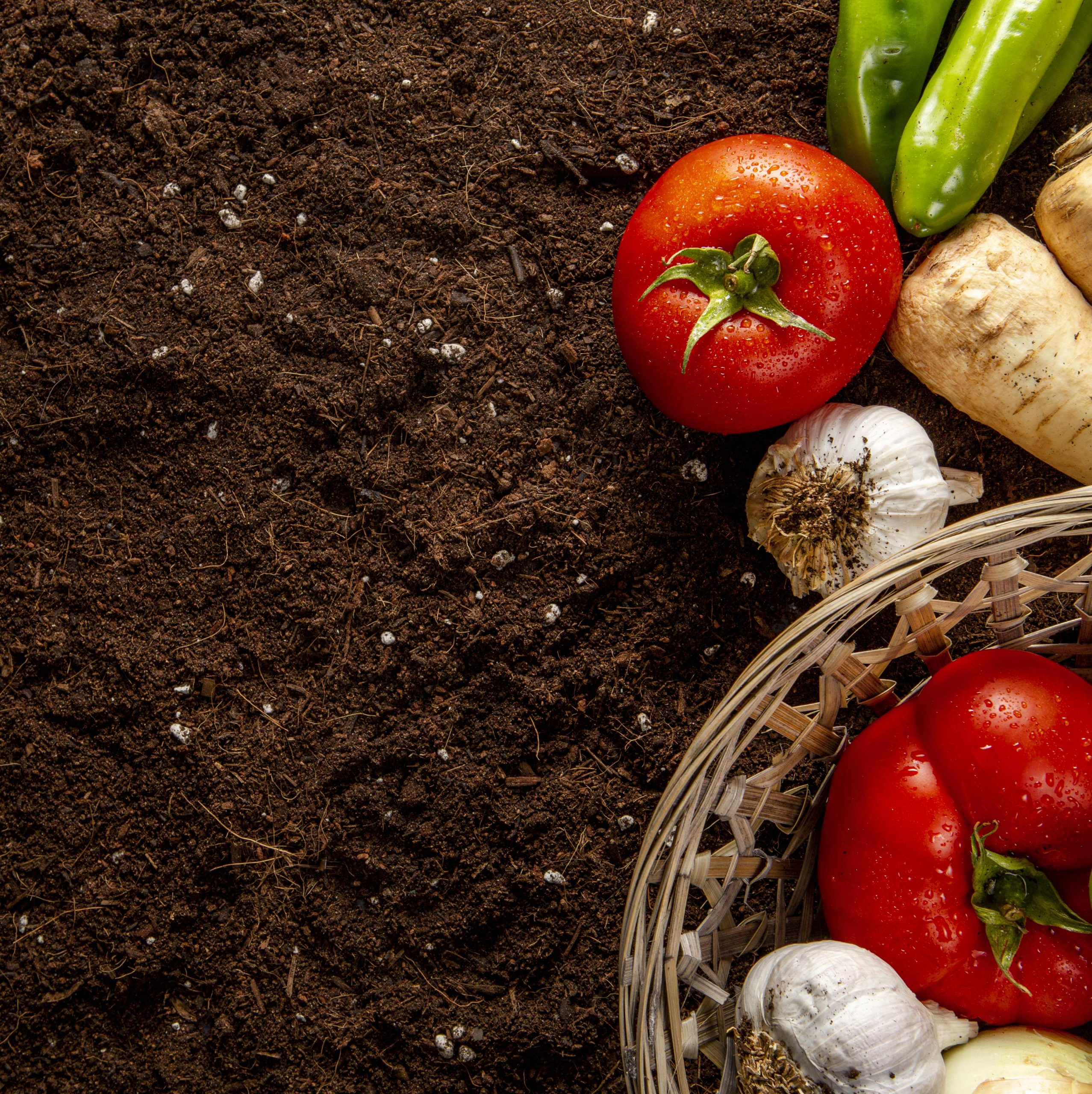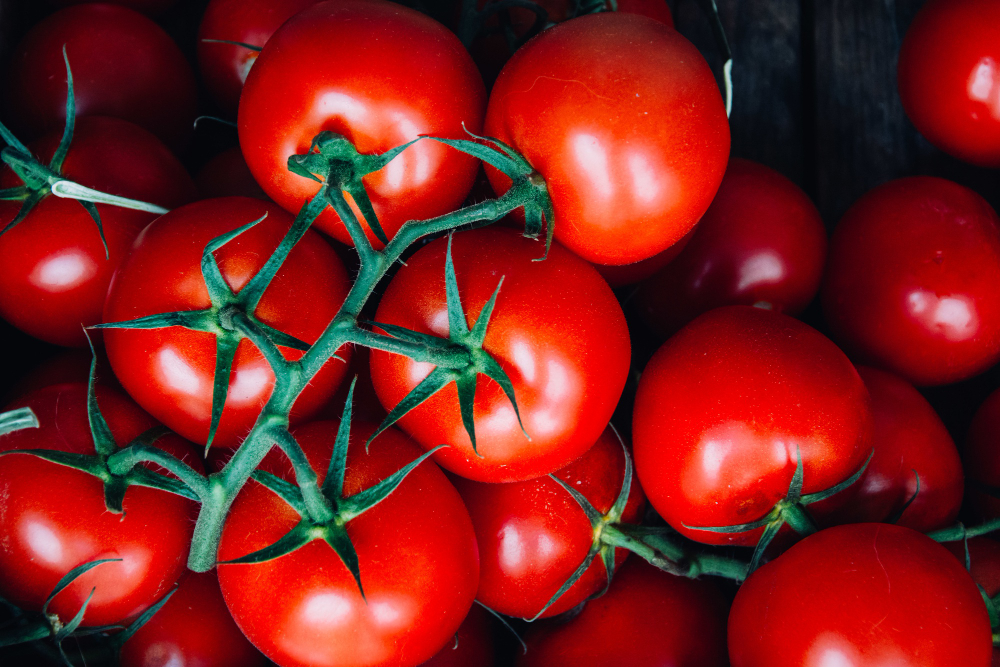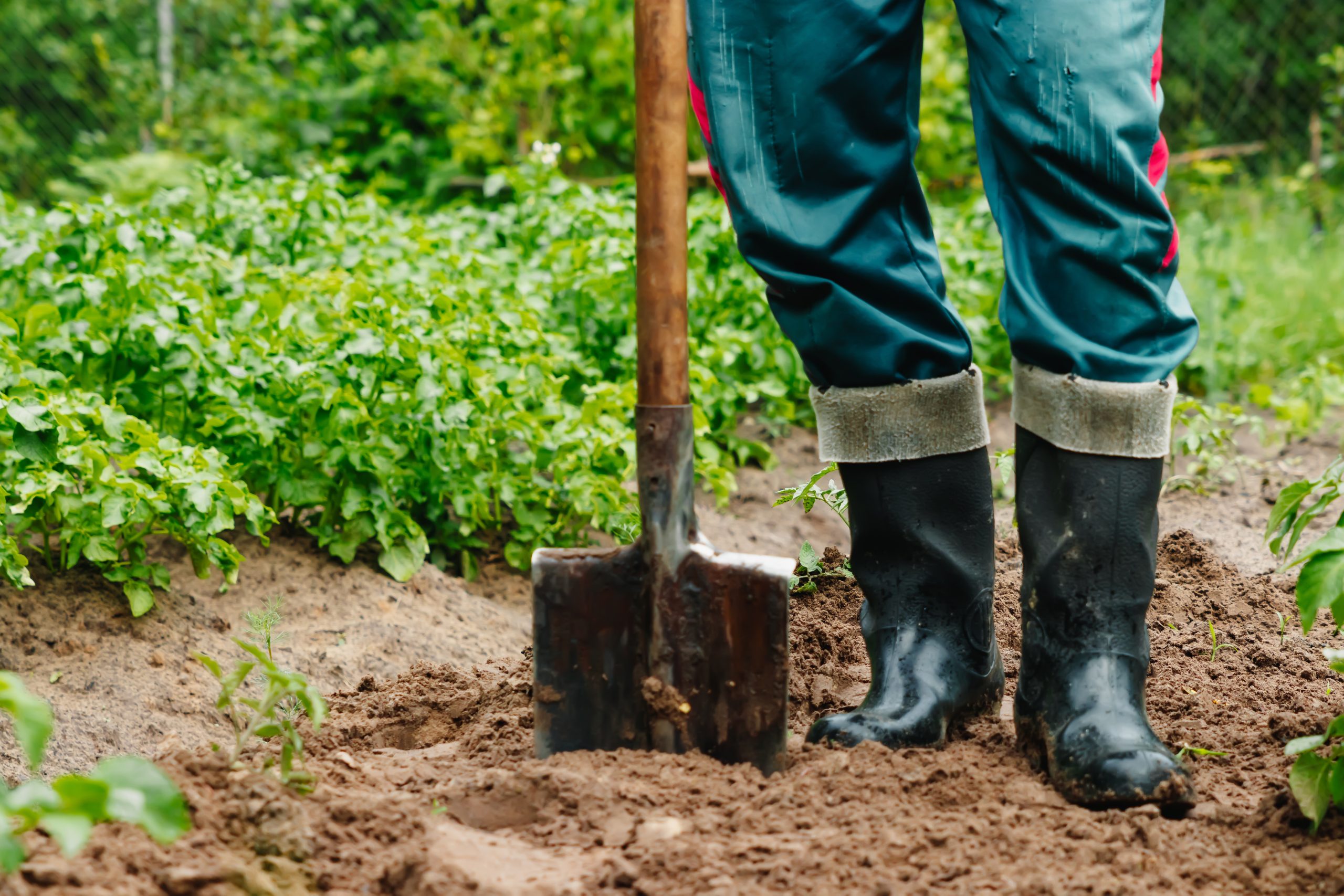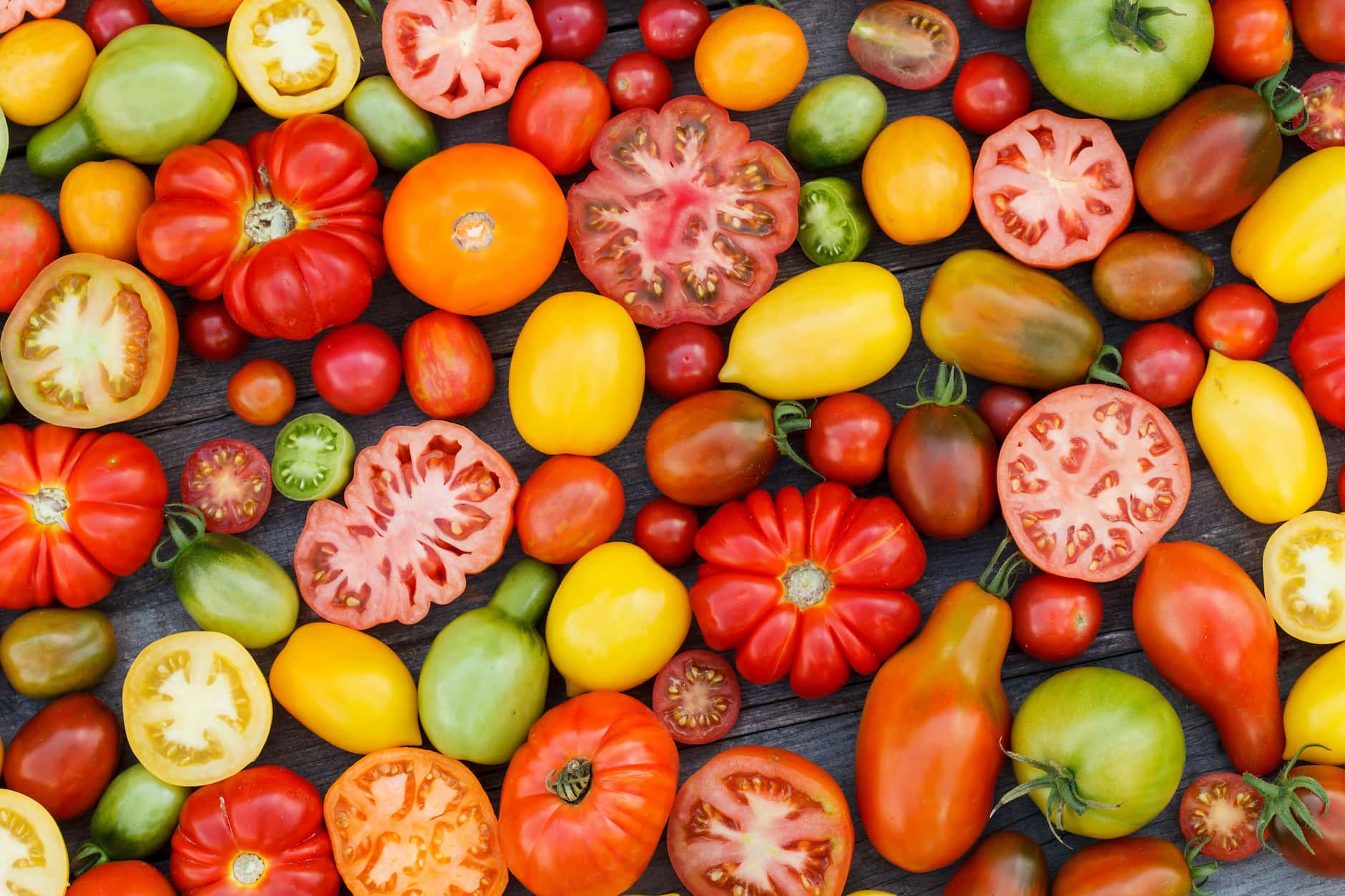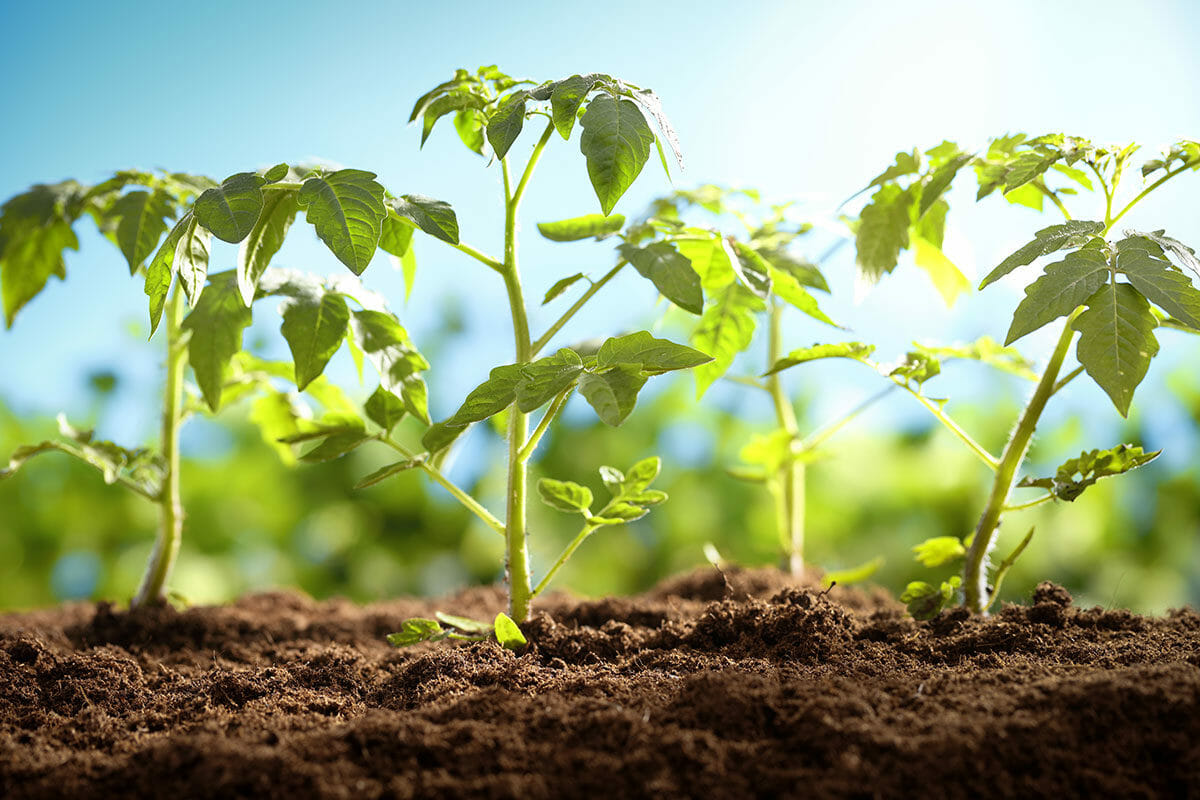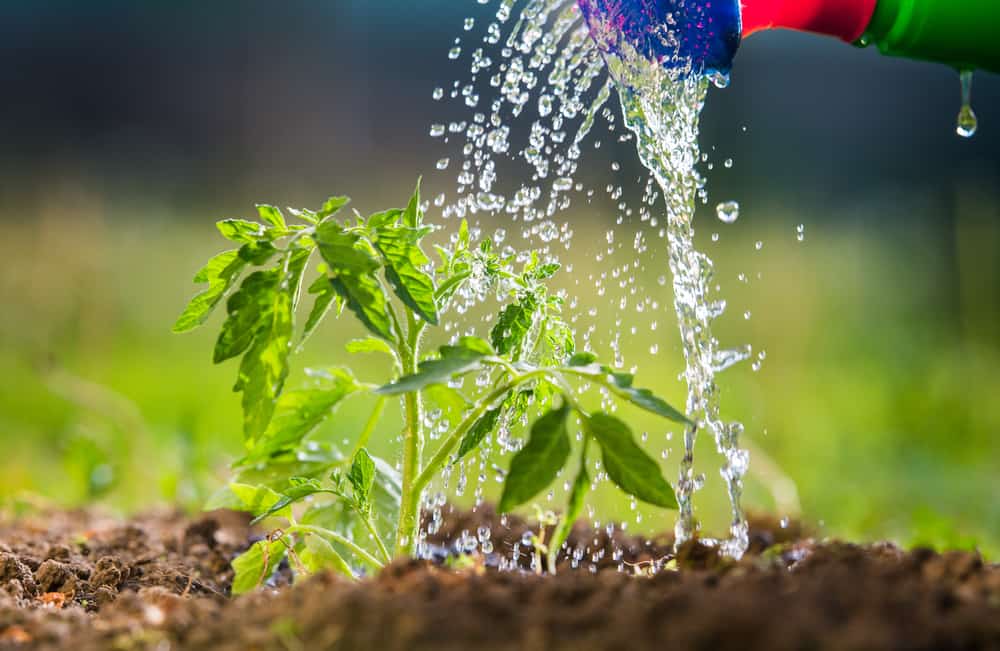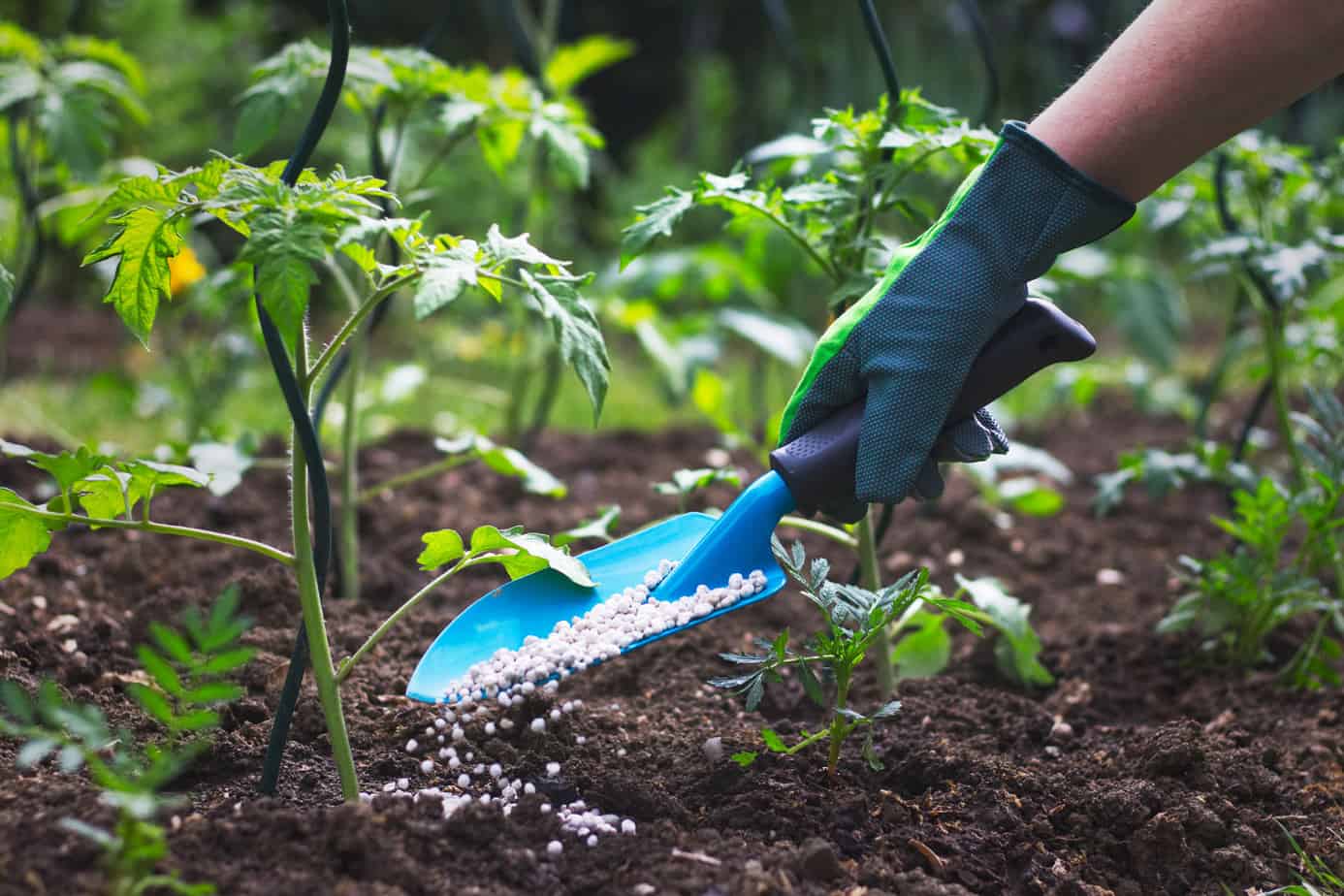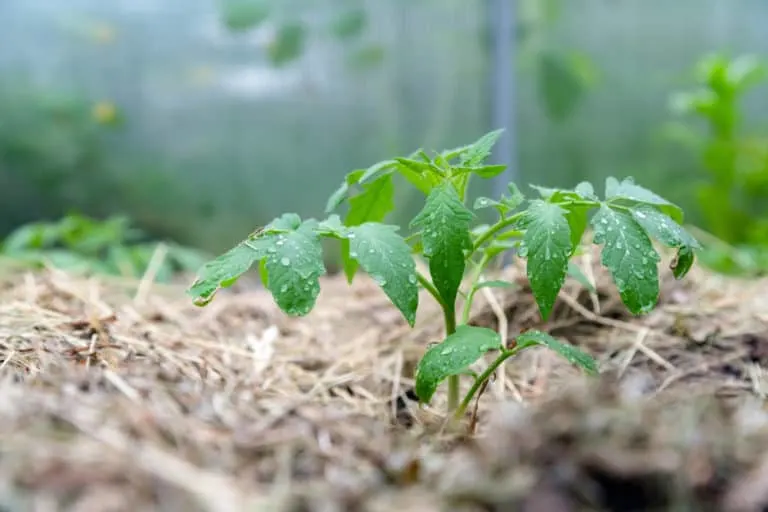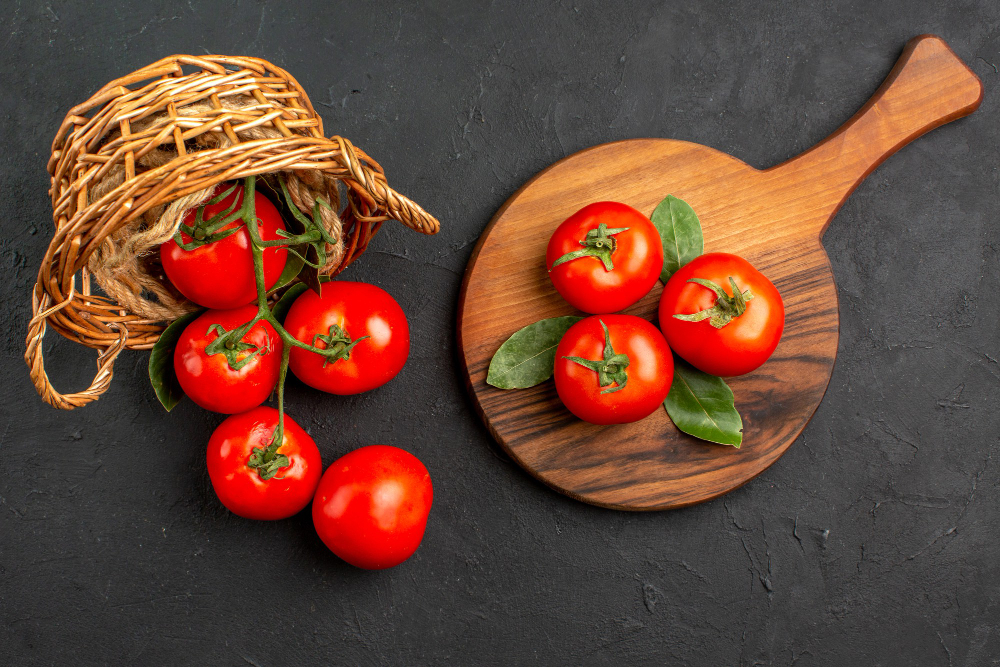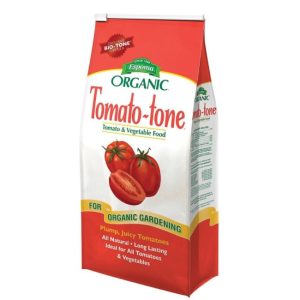Determinate vrs Inderterminate
There are over 10,000 varieties of tomatoes in colors including pink, purple, black, yellow and white, and even striped. The most popular varieties, due to their hearty growth, are beefsteak tomatoes, slicing, and scarlet red.
While the varieties are plenty, the plants are only two: determinate tomatoes and indeterminate tomatoes. Determinate plants have a predetermined size, meaning once they reach a certain size they stop growing, no matter if it’s near the spring frost date, early summer, or late summer. They also flower and set all their fruits within a relatively short period of time. This is an advantage if the tomatoes are being grown primarily for canning purposes.
Indeterminate don’t have a predetermined size. So, plants will continue to grow in height until winter. Many times, a freeze comes before all the tomatoes do, so this is best for growers with large spaces and a moderate climate. Additionally, these are a good variety for growing tomatoes indoors.
